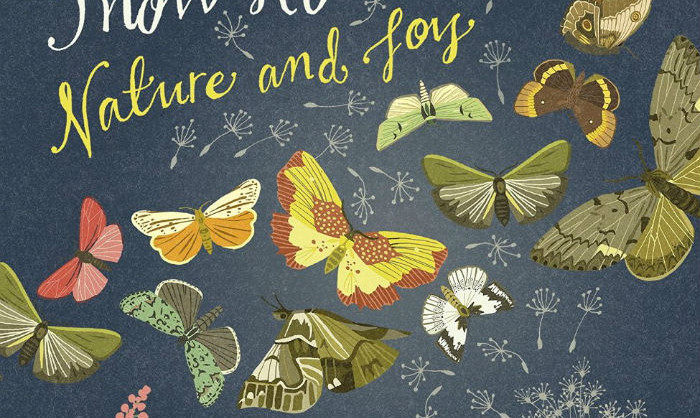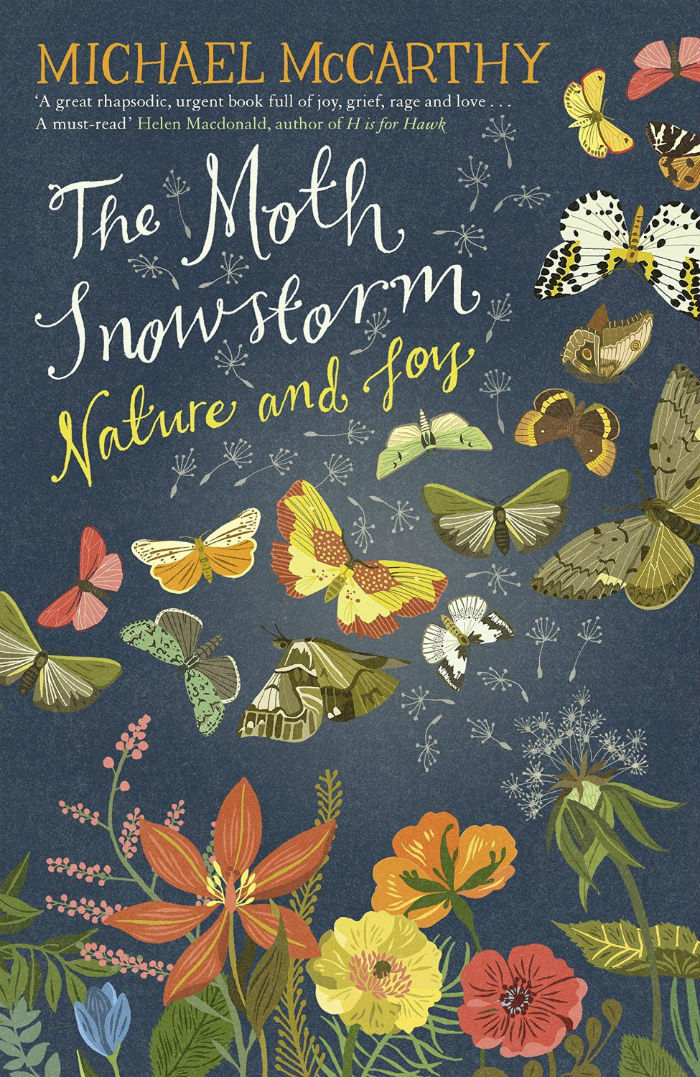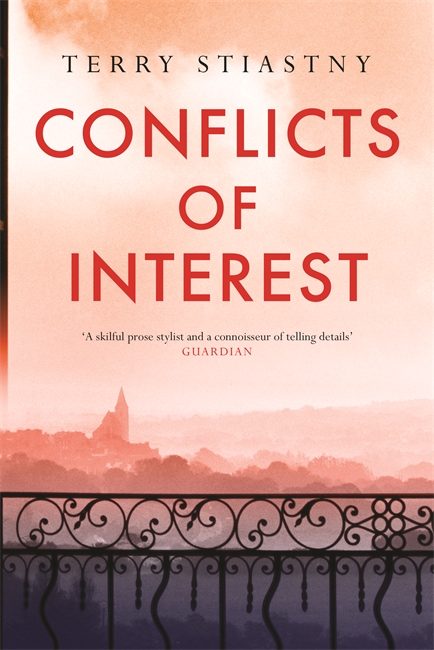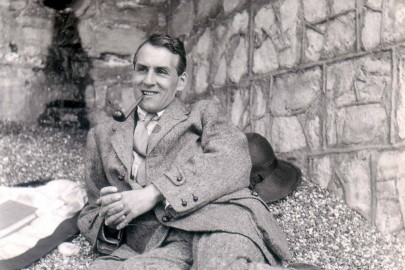Nige reviews The Moth Snowstorm: Nature and Joy by Michael McCarthy, published this month, and finds a book ‘full of joy and wonder and luminous moments’…
If you’re of a certain age – I guess 50s and upwards – you’ll remember this: driving in the country at night (well, being driven – you were too young), you’d see caught in the headlights a great swirling cloud of moths and other flying insects, many of which would subsequently have to be wiped, in a spattered state, from the windscreen and headlights. That swirling cloud of life is the ‘moth snowstorm’. It used to be commonplace and now you scarcely ever see it, even deep in the country. And that is the overarching theme of Michael McCarthy’s book – the loss, in the past few decades, of the ‘blessed, unregarded abundance’ of nature that used to surround us and no longer does. What has happened McCarthy describes, aptly enough, as ‘the Great Thinning’, and he lays the blame for most of it – particularly the loss of songbirds and insect life – fairly and squarely on ‘Farmer Giles’, and on the successive governments that encouraged him to wreak such devastation on the countryside and its abundance of life in the name of maximising food production. Which is fine, and essentially true, though McCarthy does, like many writers on these matters, have an apocalyptic strain that leads him, I think, to over-simplify and overstate his wider case against Man – the ‘problem child’ of the planet – and his self-destructive, planet-destructive ways (needless to say, McCarthy buys into ‘catastrophic anthropogenic climate change’ without question).
This is a fascinating and very readable book that follows three strands more or less in parallel. One is the exploration of natural abundance and its loss; this includes, among much else, an excellent account of the unsolved mystery of House Sparrow disappearance in London and the sad tale of the return and loss of Thames salmon. McCarthy’s second strand is an argument proposing a novel answer to the question, What is to be done? How is the Great Thinning to be halted, how can we save Nature from the human forces of destruction? What he proposes is that the intense pleasure we take in the natural world – a joy that is, he believes, hardwired into humanity by the ‘50,000 generations’ that preceded agriculture – might be a ‘better defence’ than any other that’s been thought of (sustainability, monetisation of the environment, etc).
He’s surely right that there is something deep in our nature that can find expression as joy in Nature, and that joy can lead to a deeper understanding of Nature and our place in it. It may well be, too, that this joy is at some level the most important and ultimately real thing about our relationship with Nature. But, in the big bad world of realpolitik, is Joy going to cut it? McCarthy himself acknowledges that this defence of Nature through Joy might just be ‘a hopeless idea, like some hippie in 1969, saying we must win over the skinheads’. I fear he may be right there.
However, in exploring this joy – and its concomitant feelings of wonder and love – through his own experiences, McCarthy is eloquent and hugely sympathetic, especially to someone like me whose joy in nature is always near the surface (as readers of my blog will know). McCarthy describes how once, hearing a blackcap singing from a plum tree in full blossom, he was so overwhelmed that all he could do was to burst out laughing – I know that feeling, and that laughter. Also, like me, McCarthy is above all a butterfly man (and like me too in his affinity with the colour blue). He talks of his intense feeling for butterflies as ‘lepi-empathy’ – a word that’s unlikely to catch on, but what he describes is certainly real. His love affair with butterflies began in boyhood when he felt a great surge of joy and wonder at the sight of a Buddleia bush jewelled with tortoiseshells, peacocks, red admirals and painted ladies. He vividly describes the special exaltation of a butterfly encounter – or, on occasion, a moth encounter: on seeing the rare and spectacular Clifden Nonpareil, he talks of an ‘astonishment at the world, that it can contain such a thing’. Exactly.
The other strand in the book, closely related to the author’s account of his feelings for Nature, is the story of his mother, who, in the book’s arresting opening pages, is taken off to what was then known as the lunatic asylum – this when McCarthy is seven years old, in 1954. Amazingly for those times, she came out again and eventually got better. At the time, all this left McCarthy apparently unaffected; he calmly got on with his life, and part of his getting on with it, part of his coping with this unacknowledged calamity, was taking off to the Dee estuary to watch birds (which became his ruling passion for some years)… His mother falls out of the picture for the bulk of the book, but reappears towards the end, when the author finally gets in touch with his buried feelings through therapy and achieves a long-deferred crisis of grief.
The various elements in this book don’t always sit comfortably together, and McCarthy’s style can become a tad overexcited and insistent. But this is a book full of joy and wonder and luminous moments – not to mention well-chosen quotations from the poets (including the whole of Edmund Blunden’s The Recovery). McCarthy is a man who remembers not only the Observer’s Book of Birds but the set of Brooke Bond tea cards featuring Charles Tunnicliffe’s beautiful bird pictures.
But you don’t have to be of a similar vintage to enjoy this expansive celebration of a subject too often overlooked in the ongoing discourse about man and nature – sheer joy.
The Moth Snowstorm: Nature and Joy by Michael McCarthy is published on 21 May by John Murray.













Your own blog has dealt, albeit in an oblique way, with the subject of our loss of biodiversity, and not just in your lifetime and mine. What depresses me is that seemingly, there is no plan in place to arrest this loss; how could there be with the present intensive farming methods in place? On a personal note, in the 50’s and 60’s I shared your enthusiasm for birds and butterflies living, as I did, in a grey Midlands city, with our third-hand Morris 8 regularly raising ‘snowstorms’ on our ‘Sunday Drives’ into the then-verdant countryside. Neither the Corncrake or the Red-backed Shrike were exactly common even then – but I had no idea that within a few decades they would both be extinct in Britain.
Indeed Mahlerman – it’s been a terrible thinning, but I think (in this country anyway) the worst is probably over – no one wld get away with the kind of devastation wrought in the 50s, 60s, 70s, there are far more checks and balances, far more public awareness, even incentives for ‘saving’ bits of the wild. And there have been gains as well as losses, even among butterfly species, but especially birds. I never thought I’d live to see collared doves a common garden bird, or goldfinches almost as abundant as sparrows were – not to mention the hordes of thriving corvids, raptors and scavengers (not necessarily attractive, but certainly abundant!).